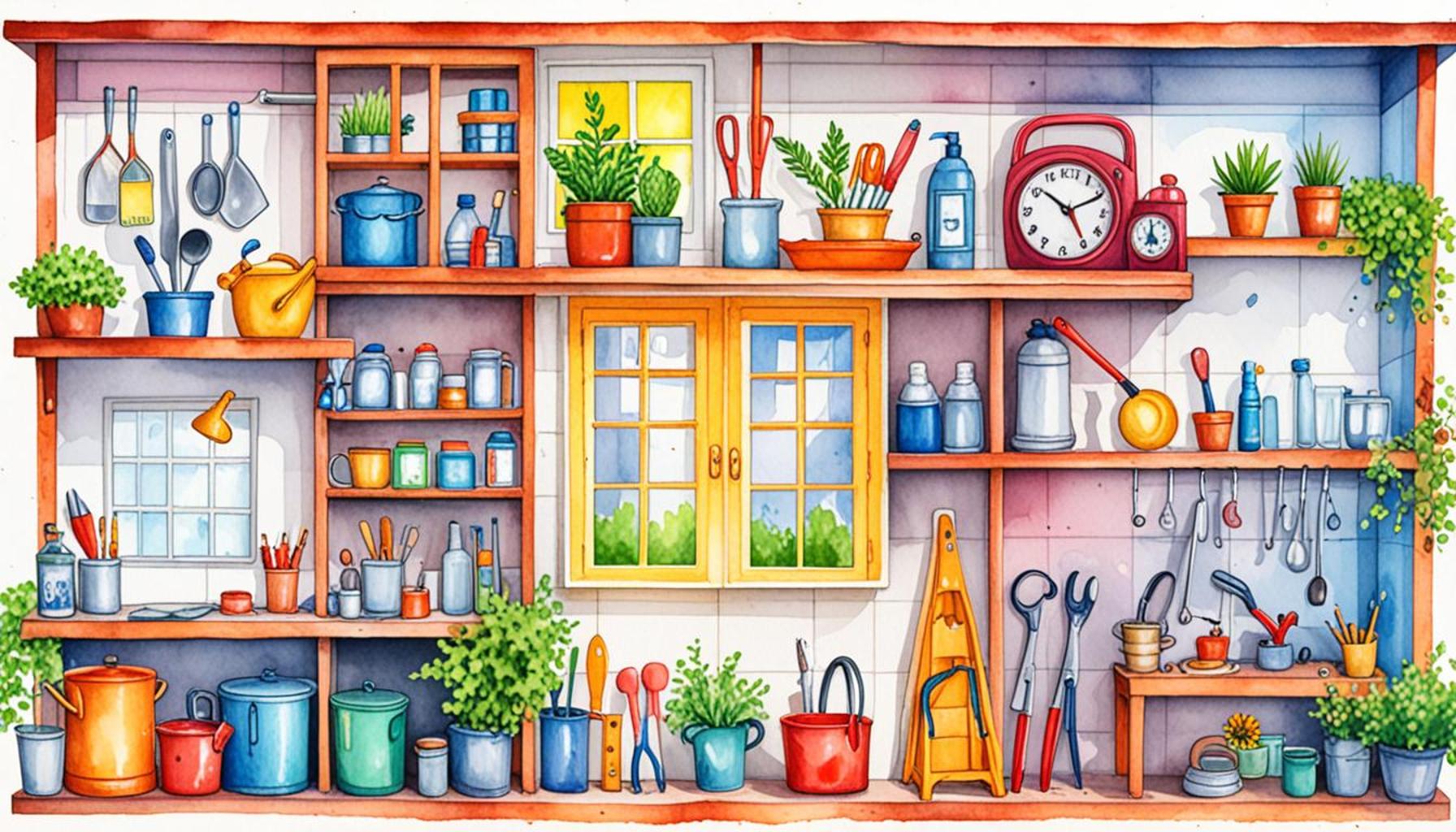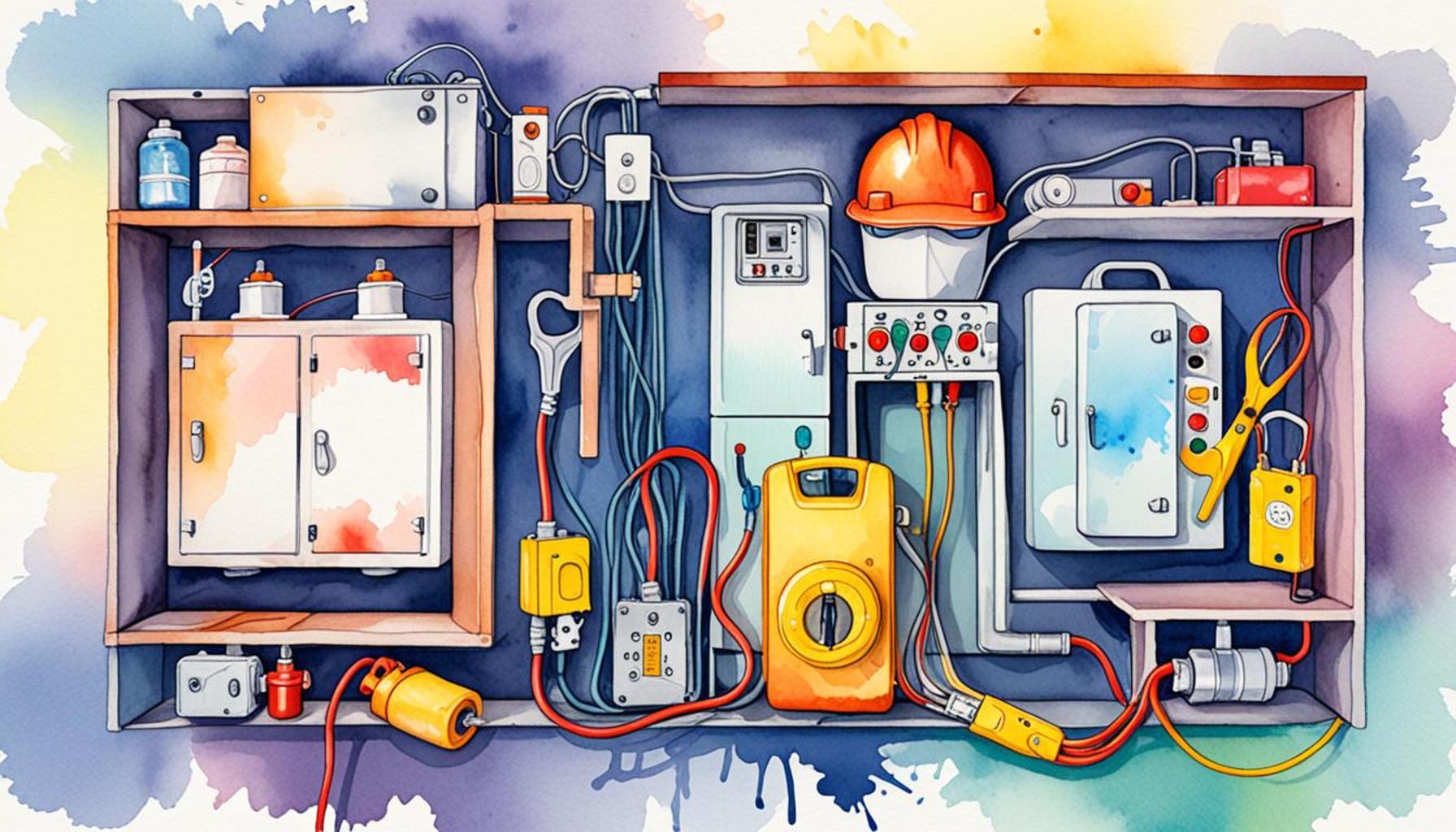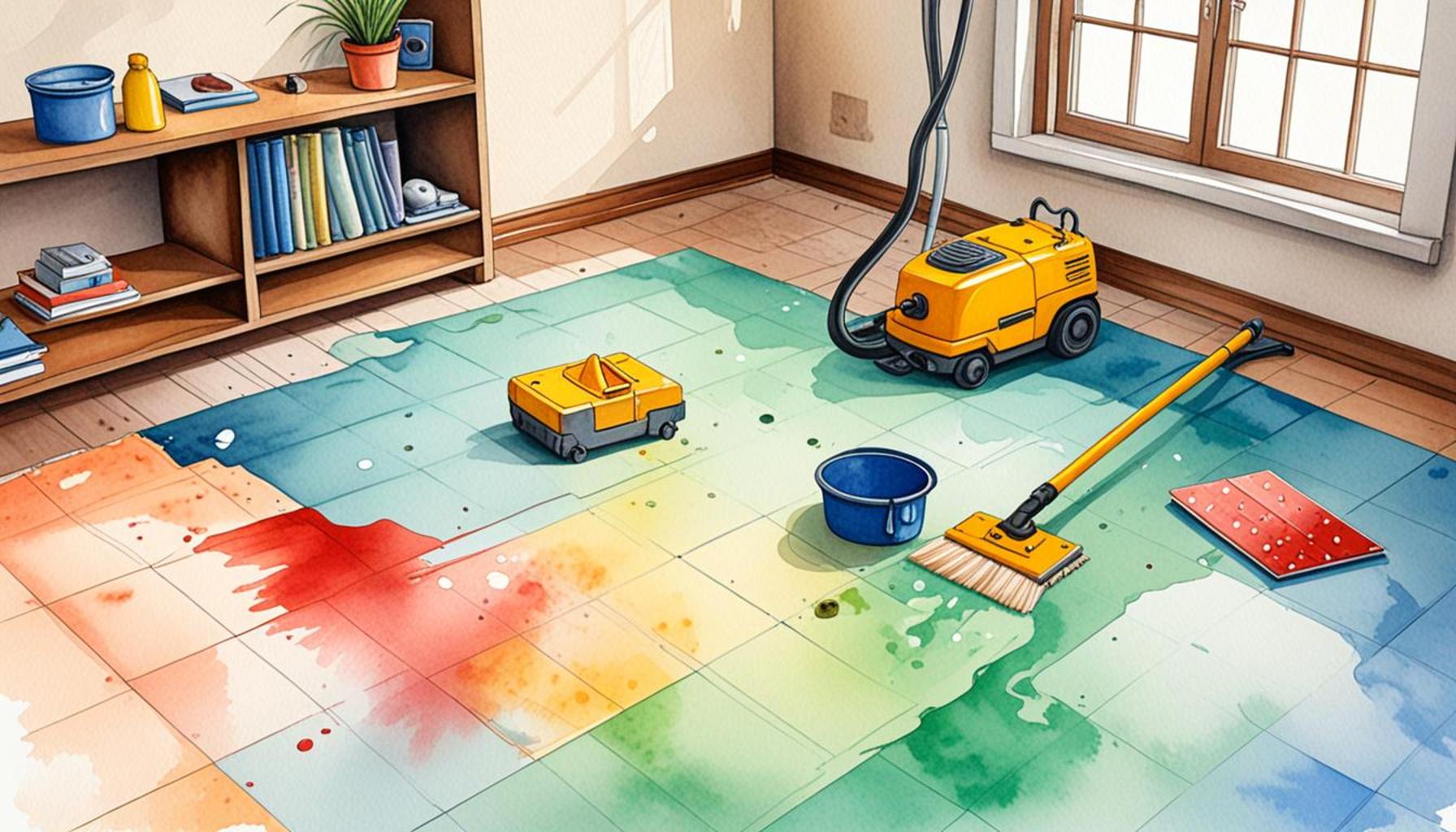How preventive maintenance can prevent health problems related to indoor air quality
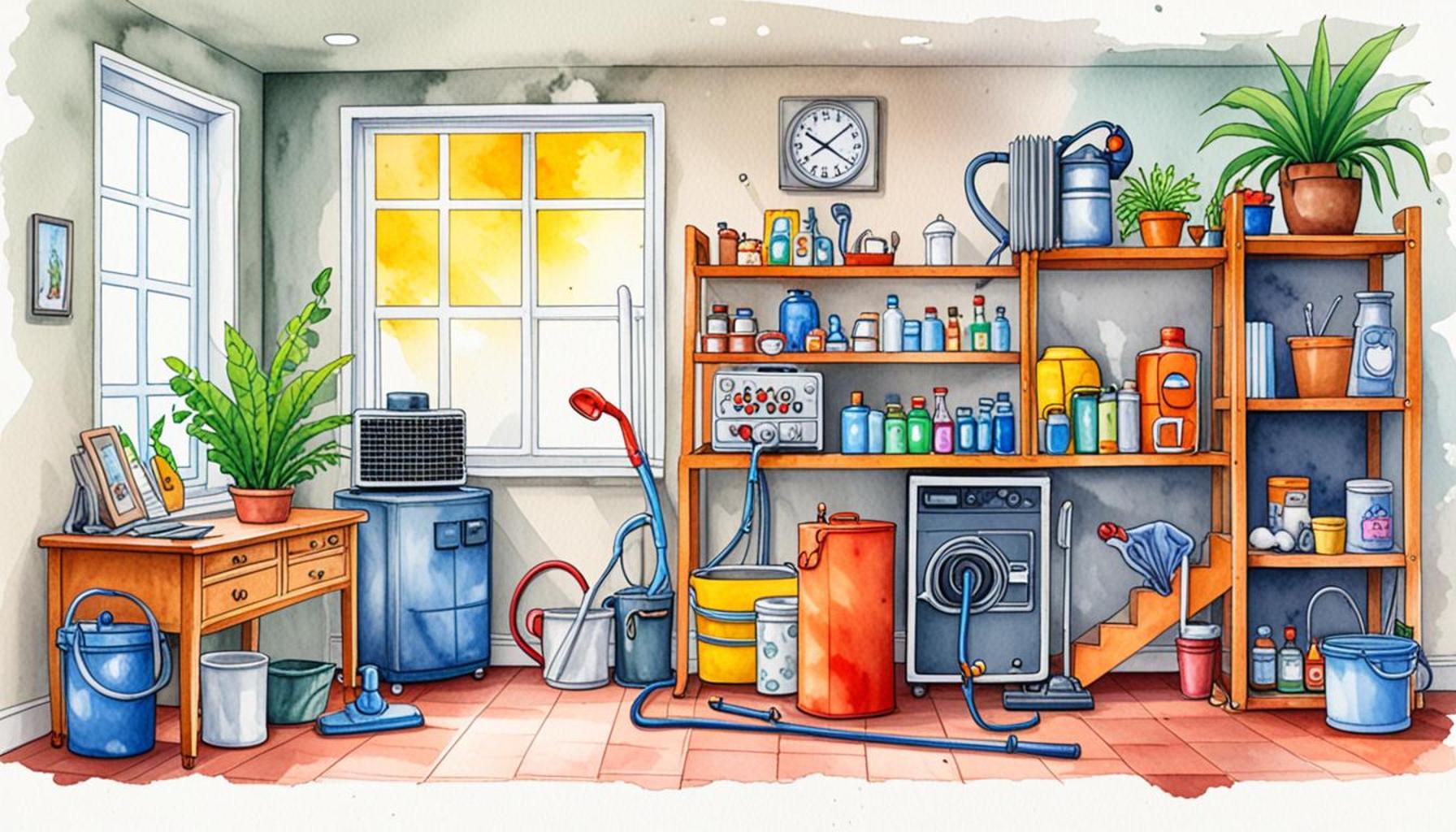
The Critical Role of Indoor Air Quality in Health
Indoor air quality (IAQ) is often an overlooked aspect of our everyday environments, yet it plays a crucial role in both physical and mental well-being. While individuals may not directly associate their health issues with the air in their homes or workplaces, the reality is that poor IAQ can lead to a variety of detrimental health outcomes. For instance, allergens such as dust, mold, and pollen often accumulate indoors, triggering allergic reactions and respiratory issues. According to the American Academy of Allergy, Asthma & Immunology, indoor allergies affect nearly 50 million Americans each year, leading to millions of doctor visits.
Exacerbation of Asthma and Other Respiratory Conditions
Moreover, the presence of common indoor pollutants can exacerbate conditions like asthma. In fact, the Centers for Disease Control and Prevention (CDC) indicates that asthma has been on the rise in the United States, with over 26 million adults and children suffering from the condition. Pollutants such as tobacco smoke, volatile organic compounds (VOCs) emitted from paints and cleaning supplies, and even pet dander contribute to the deterioration of air quality, making it imperative that individuals recognize these risks within their living and working spaces.
Health Risks from Chemical Exposure
Chronic headaches can also be a symptom of poor indoor air quality, often resulting from chemical off-gassing. Many household items, including furniture, carpets, and appliances, release potentially harmful chemicals that can linger in the air. Long-term exposure to these substances can lead to persistent discomfort and even more severe health effects. Therefore, being proactive about IAQ is not merely about comfort; it’s about safeguarding one’s health.
Preventive Maintenance: A Proactive Approach
To combat these issues, homeowners and businesses are encouraged to implement preventive maintenance routines. These practices are essential for maintaining acceptable air quality and preventing health-related complications associated with poor IAQ. Regular maintenance activities can go a long way in ensuring systems are operating at optimal efficiency.
Key Preventive Measures
- Regular HVAC inspections can identify and eliminate potential contaminants, ensuring heating and cooling systems do not contribute to poor air quality.
- Replacing filters in HVAC systems is vital for trapping airborne particles. Experts recommend changing filters every 1 to 3 months, depending on usage and environmental factors.
- Cleaning ducts can help remove accumulated dust and debris that often serve as breeding grounds for mold and other allergens.
Investing time and resources in these preventive measures benefits not only individual occupants but also contributes to broader community health. By ensuring cleaner indoor environments, families can reduce overall healthcare costs associated with allergy treatments and respiratory illnesses while improving productivity, particularly in work settings. An environment with better air quality translates to healthier lives—one more compelling reason to pay attention to the air we breathe indoors.
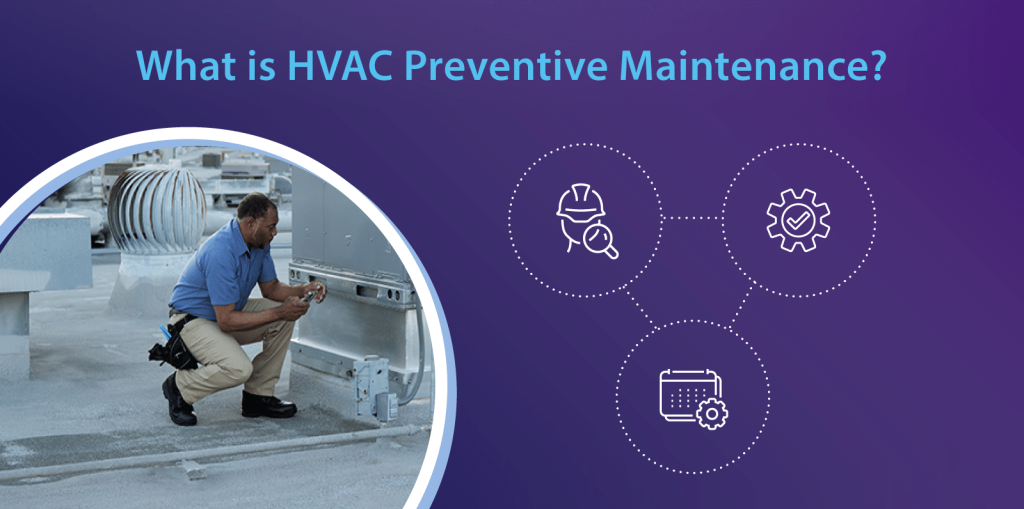
DON’T MISS: Click here to discover eco-friendly cleaning solutions
Understanding the Importance of Preventive Maintenance for Indoor Air Quality
The relationship between indoor air quality (IAQ) and health problems is undeniable, making preventive maintenance a vital strategy in promoting overall wellbeing. By committing to regular upkeep, individuals and organizations can significantly reduce the prevalence of indoor contaminants that pose health risks. Preventive maintenance encompasses a series of proactive measures designed to ensure that HVAC systems and other components of the indoor environment function optimally, thus maintaining cleaner air.
Identifying Common Sources of Indoor Pollutants
Before delving into preventive measures, it is essential to pinpoint the sources of indoor pollutants that necessitate maintenance. Common culprits include:
- Heating and cooling systems: These systems can trap allergens and dust, circulating them throughout the space if not maintained properly.
- Humidity levels: Excess moisture can foster mold growth, which thrives in poorly ventilated areas.
- Cleaning products: Many household cleaners contain volatile organic compounds (VOCs) that can degrade IAQ if used frequently without proper ventilation.
- Building materials: Items like carpets and wall paints may off-gas chemicals that contribute to poor air quality.
Recognizing these sources is the first step in implementing an effective preventive maintenance plan. By routinely analyzing and addressing these areas, the risk of exacerbating health conditions can be significantly diminished.
The Comprehensive Benefits of Preventive Maintenance
When thorough preventive maintenance is executed, the benefits extend beyond merely preventing health problems. A well-maintained indoor environment can lead to:
- Enhanced Comfort: Consistently comfortable temperatures and reduced humidity can create a more enjoyable living and working atmosphere.
- Increased Productivity: Healthier air quality not only supports physical health but can also boost cognitive functions, directly impacting performance and productivity in work settings.
- Cost Savings: Regular maintenance reduces the likelihood of expensive repairs and mitigates healthcare costs associated with respiratory issues and allergies, providing economic advantages alongside health benefits.
Moreover, preventive maintenance facilitates a long-lasting relationship between occupants and their indoor environments. Investing in proper upkeep reassures individuals that they are prioritizing their health, which is especially crucial for vulnerable populations, such as children and the elderly, who may be more susceptible to the effects of poor IAQ.
As awareness of the importance of IAQ continues to grow, integrating preventive maintenance into daily routines represents a proactive step toward fostering healthier indoor spaces. The implications for personal health and broader community wellness cannot be overstated, making it a critical consideration for anyone evaluating their indoor environment.
| Category | Details |
|---|---|
| Indoor Air Pollutants | Regular maintenance mitigates pollutants like dust, mold, and allergens. |
| Health Benefits | Improves respiratory health, reduces allergies, and enhances overall wellbeing. |
The necessity of preventive maintenance in controlling indoor air quality cannot be overstated. Poor indoor air quality can lead to various health issues, including respiratory problems, headaches, and fatigue. By implementing a robust preventive maintenance strategy, one can significantly decrease the levels of indoor air pollutants. For instance, regular inspection and cleaning of HVAC systems help in removing dust and mold, which can exacerbate allergies and asthma. Moreover, when the air quality is kept in check, individuals are likely to experience greater productivity and a higher quality of life. Enhanced ventilation, coupled with regular maintenance checks, ensures a consistent flow of clean air—crucial in promoting better health outcomes. The importance of this topic cannot be ignored; the impact on long-term health is tremendous, making investment in preventive measures a wise choice for every household and workplace aiming to thrive in a healthy environment.
LEARN MORE: Click here to discover the impact of sustainable packaging
Implementing Effective Preventive Maintenance Strategies
To truly harness the benefits of preventive maintenance for indoor air quality, it is essential to implement effective strategies tailored to the unique needs of the space. A systematic approach not only safeguards health but enhances overall environmental quality.
Regular HVAC Maintenance
The HVAC system is often the heart of indoor comfort, and its upkeep is crucial in preventing health-related issues. Regular maintenance should include:
- Inspection and cleaning of air filters: Dirty filters can restrict airflow, leading to the buildup of contaminants. It is recommended to change or clean air filters at least every three months to ensure optimal performance.
- Cleaning of ducts and vents: Over time, dust, mold, and allergens can accumulate in ductwork. Annual inspections followed by professional cleaning can drastically improve air quality.
- System checks and balances: Routine assessments can detect irregularities, such as leaks or broken components, that could exacerbate air quality issues.
According to the EPA, poorly maintained HVAC systems can circulate 100 times more airborne contaminants than clean systems. Regular maintenance becomes crucial not only for efficiency but for the health of all occupants.
Monitoring Indoor Humidity Levels
Humidity plays a significant role in indoor air quality, influencing not only comfort but also the formation of mold and dust mites. To mitigate related health problems, several strategies can be employed:
- Using dehumidifiers: Maintaining humidity levels between 30-50% can prevent mold growth. Dehumidifiers are valuable tools for damp spaces, especially basements.
- Regular checks of plumbing: Leaky pipes or fixtures can introduce moisture into the air, creating ideal conditions for mold. Routine inspections can identify and rectify leaks before they escalate into larger issues.
The CDC warns that even small amounts of mold can trigger respiratory problems, headaches, and other health issues—emphasizing the need for diligent humidity management.
Choosing Low-VOC Products
When it comes to maintaining healthy indoor air quality, the products used within the space cannot be overlooked. Many common household cleaning agents and building materials emit volatile organic compounds (VOCs), which can compromise air quality. To combat this, consider the following:
- Opting for eco-friendly cleaning supplies: Products labeled as low-VOC or VOC-free can significantly reduce the introduction of harmful chemicals into the air.
- Choosing air-purifying plants: Certain indoor plants, like spider plants or peace lilies, can naturally filter out toxins and enhance air quality.
Implementing these simple changes can minimize the risks associated with VOC exposure, creating a healthier indoor environment.
Routine Inspections and Air Quality Testing
Lastly, regular inspections and air quality testing are essential to understanding and managing indoor air health. By scheduling professional evaluations, spaces can identify potential hazards such as:
- Asbestos or lead-based materials: Older buildings particularly may harbor hazardous materials that require immediate attention.
- Mold growth: Proactive testing can identify mold before it becomes visible, preventing serious health ramifications associated with mycotoxins.
In conclusion, the proactive implementation of these strategies through preventive maintenance will not only stave off health problems linked to indoor air quality but promote an overall safer and more enjoyable living and working atmosphere. As communities begin to prioritize healthier environments, preventive maintenance will remain a cornerstone of maintaining quality indoor air.
DISCOVER MORE: Click here for sustainable packaging insights
Conclusion
In summary, the importance of preventive maintenance in safeguarding indoor air quality cannot be overstated. By instituting a routine of careful inspections, timely repairs, and proactive measures, individuals and organizations can significantly mitigate health risks associated with poor indoor air conditions. Regular HVAC maintenance, attentive humidity control, and the use of low-VOC products are just a few components of an effective strategy that fosters healthier environments.
The data speaks volumes: the EPA underscores that poorly maintained air systems may circulate airborne contaminants at alarming rates. This highlights the necessity for regular filter changes, duct cleanings, and professional assessments to catch hazards like mold and VOC emissions before they escalate into major health issues. Furthermore, monitoring humidity levels ensures that mold growth is kept in check, thereby protecting vulnerable populations from respiratory ailments.
As awareness of indoor air quality issues grows, integrating preventive maintenance into regular operations should become a non-negotiable standard for homes and workplaces alike. The implications of neglected air quality extend beyond mere discomfort; they can severely impact well-being, productivity, and overall quality of life. By adopting a proactive mindset and prioritizing maintenance efforts, we position ourselves not just to avert health problems, but to enhance the livability and comfort of our spaces.
Ultimately, the link between preventive maintenance and healthy indoor air quality represents an opportunity for many to invest in their health. As communities across the United States increasingly recognize this connection, taking actionable steps today will lead to healthier living and working environments for generations to come.
